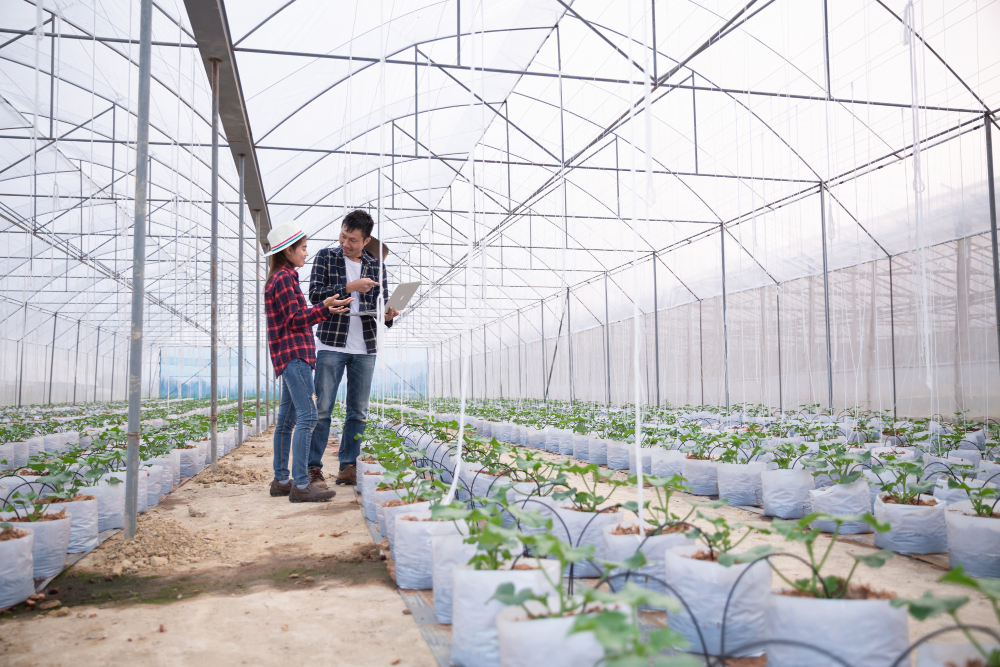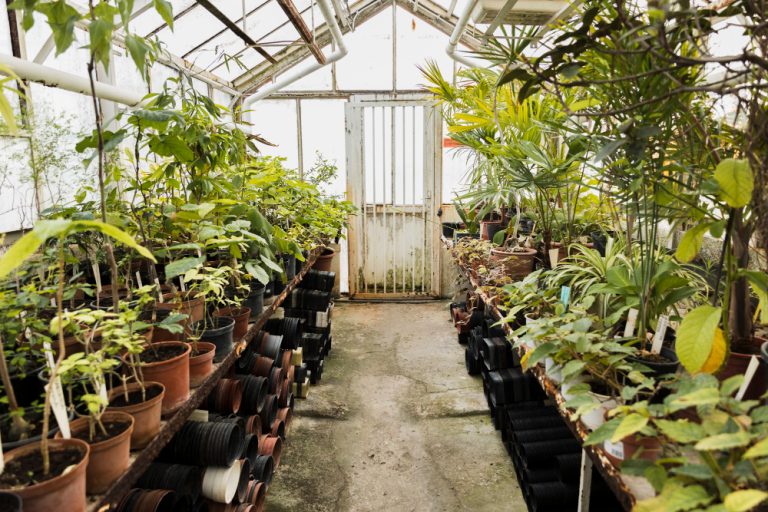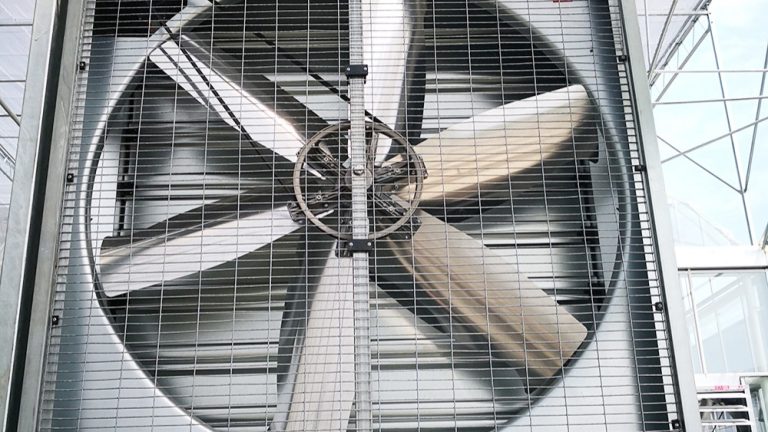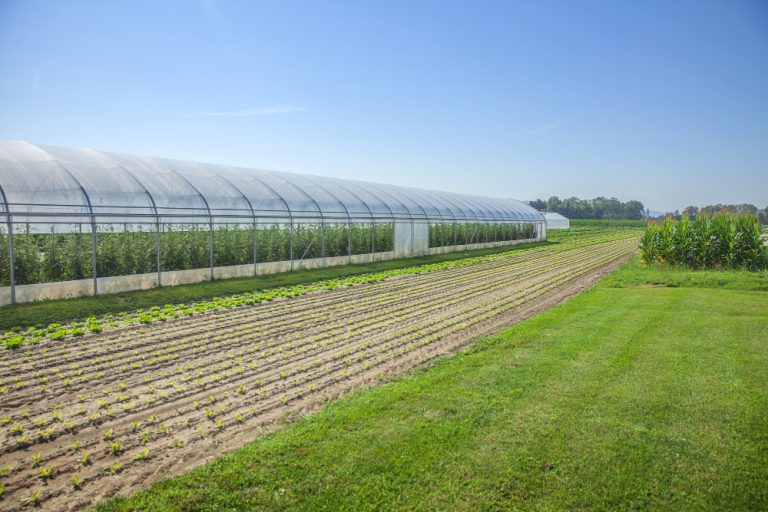
Key Points
- Glass is often not ideal for greenhouses due to high costs and fragility, which can pose safety risks.
- Research suggests glass has poor insulation, leading to higher heating expenses, especially in colder climates.
- It seems likely that glass requires frequent maintenance and is harder to install compared to alternatives like polycarbonate.
- The evidence leans toward glass being less energy-efficient and potentially damaging plants with excessive light in sunny areas.
Cost and Installation Challenges
Glass greenhouses are typically more expensive, both initially and for replacements, making them less budget-friendly. They are also heavy and cumbersome, requiring precise, level installation, which can be difficult for DIY builders and may need professional help.
Safety and Durability Concerns
Glass is fragile and can break easily, especially in harsh weather, shattering into sharp pieces that pose risks to people and plants. While toughened glass reduces this danger, it doesn’t eliminate it, and repairs can be costly.
Environmental and Plant Impact
Glass has lower insulation, leading to higher heating costs in colder regions. It also allows high light transmission, which can cause overheating or “hot-spots,” potentially damaging plants, particularly in sunny areas, and may require additional shading.
Survey Note: Detailed Analysis of Glass as Greenhouse Covering Material
This note provides an in-depth examination of the reasons for not using glass as a covering material for greenhouses, expanding on the key points and addressing various aspects based on extensive research. The analysis is grounded in multiple sources, ensuring a comprehensive understanding for gardeners, horticulturists, and enthusiasts considering greenhouse materials.
Cost Implications
Glass greenhouses are notably more expensive than alternatives such as polycarbonate or plastic films, impacting both initial purchase and long-term maintenance costs. The initial cost includes not only the material but also the need for a sturdy frame to support its weight, which can add to the overall expense. Replacement costs are also higher, as broken glass panels can be difficult and costly to source, often requiring contact with specific manufacturers for replacements (Greenhouse Emporium). For instance, while polycarbonate kits may have a lower upfront cost, glass can escalate expenses, especially if damage occurs, making it less viable for budget-conscious gardeners.
Fragility and Safety Risks
One of the primary disadvantages of glass is its fragility. It is prone to breaking under various conditions, such as hail, strong winds, or even accidental impacts, which is a significant concern for greenhouse durability. When glass breaks, it shatters into sharp pieces, posing safety risks to individuals working in the greenhouse and potentially damaging plants (SunshineGreenhouse). Even toughened glass, designed to break into smaller, less dangerous pieces, does not eliminate the risk entirely, and the cost of replacing tempered panels can be substantial. This fragility contrasts with more durable materials like polycarbonate, which withstands external damage better and is safer in case of breakage.
Installation and Handling Difficulties
Glass is heavy and cumbersome, making it challenging to install, particularly for DIY greenhouse builders. It requires precise site preparation, with surfaces needing to be completely upright and level to prevent cracking, which adds to the complexity and potential cost of setup (SunshineGreenhouse). The weight also necessitates a robust frame, which can increase construction expenses. This contrasts with lighter materials like polycarbonate, which are easier to maneuver and install, reducing labor and setup time.
Insulation and Energy Efficiency
Glass has poor insulation properties compared to alternatives, which is a critical factor for greenhouse efficiency. Single-pane glass, in particular, is the least energy-efficient, with heating costs potentially double or triple those of double-pane glass or multi-wall polycarbonate (Arcadia GlassHouse). This is because glass does not trap heat as effectively, leading to higher energy bills, especially in colder climates. Double-layer covers can be up to 40% more efficient at trapping heat, making them a more practical choice for maintaining stable temperatures (SunshineGreenhouse). This insulation gap can necessitate additional heating systems, further increasing operational costs.
Maintenance Requirements
Glass requires frequent maintenance to ensure optimal performance, which can be a drawback for busy gardeners. It attracts dirt, grime, and condensation, necessitating cleaning every two weeks to a month to maintain light transmission (SunshineGreenhouse). Additionally, glass is prone to fogging and hard water stains, which can increase cleaning frequency and effort. This contrasts with materials like polycarbonate, which may require less maintenance and are less susceptible to such issues, offering a more low-maintenance option.
Impact on Plant Health and Environmental Conditions
While glass allows for high light transmission (up to 92%), this can be a double-edged sword. In high sun exposure areas, the clarity of glass does not protect plants from harmful sun rays, potentially leading to overheating or “hot-spots” that can damage sensitive plants, including seedlings (Arcadia GlassHouse). This may require additional shading, adding to the cost and complexity of managing the greenhouse environment. Polycarbonate, on the other hand, diffuses light more effectively, penetrating deeper into the plant canopy and promoting photosynthesis without the risk of scorching, as noted in research (Greenhouse Emporium).
Weather Vulnerability
Glass is more susceptible to damage from extreme weather conditions compared to alternatives. Standard glass can crack or break under hail, strong winds, or other impacts, whereas toughened glass, while more resistant, still has limitations (SunshineGreenhouse). This vulnerability can lead to frequent repairs or replacements, increasing long-term costs and downtime. Materials like polycarbonate are often recommended for their ability to withstand harsh weather, offering a more durable option for regions with variable climates.
Safety Concerns with Breakage
The safety concerns associated with glass breakage are significant. When glass breaks, it scatters into sharp pieces, posing a risk of injury to people working in the greenhouse and potential damage to plants (SunshineGreenhouse). This is particularly concerning in family gardens where children may be present. Toughened glass mitigates this by breaking into smaller, less dangerous pieces, but the risk remains, and the cost of ensuring safety through such measures can be high.
Comparative Analysis with Alternatives
To provide context, a comparison with alternatives like polycarbonate and plastic films highlights glass’s disadvantages. The following table summarizes key factors:
| Factor | Glass | Polycarbonate | Plastic Films |
|---|---|---|---|
| Cost | High (initial and replacement) | Lower initial cost, easier to replace | Lowest cost, frequent replacement |
| Durability | Long-lasting if not broken, fragile | Highly durable, weather-resistant | Less durable, needs replacement |
| Insulation | Poor, high heating costs | Better, more energy-efficient | Variable, depends on layers |
| Light Transmission | High (92%), can cause hot-spots | Diffused, better for plant growth | Variable, often lower than glass |
| Installation | Heavy, difficult, needs level surface | Light, easier to install | Light, easy to install |
| Maintenance | Frequent cleaning, prone to fogging | Low maintenance, less prone to stains | Low maintenance, can degrade over time |
| Safety | Risky when broken, sharp shards | Safer, less likely to shatter | Generally safe, less risk of injury |
This table, derived from multiple sources, underscores why glass may not be the best choice for many greenhouse applications, particularly in terms of cost-effectiveness, safety, and environmental management.
Conclusion
In summary, while glass offers aesthetic appeal and high light transmission, its high cost, fragility, poor insulation, and maintenance needs make it less practical for many greenhouse scenarios. Alternatives like polycarbonate provide better insulation, durability, and safety, often at a lower long-term cost, making them more suitable for modern gardening needs. Gardeners should weigh these factors based on their climate, budget, and specific plant requirements to make an informed decision.




